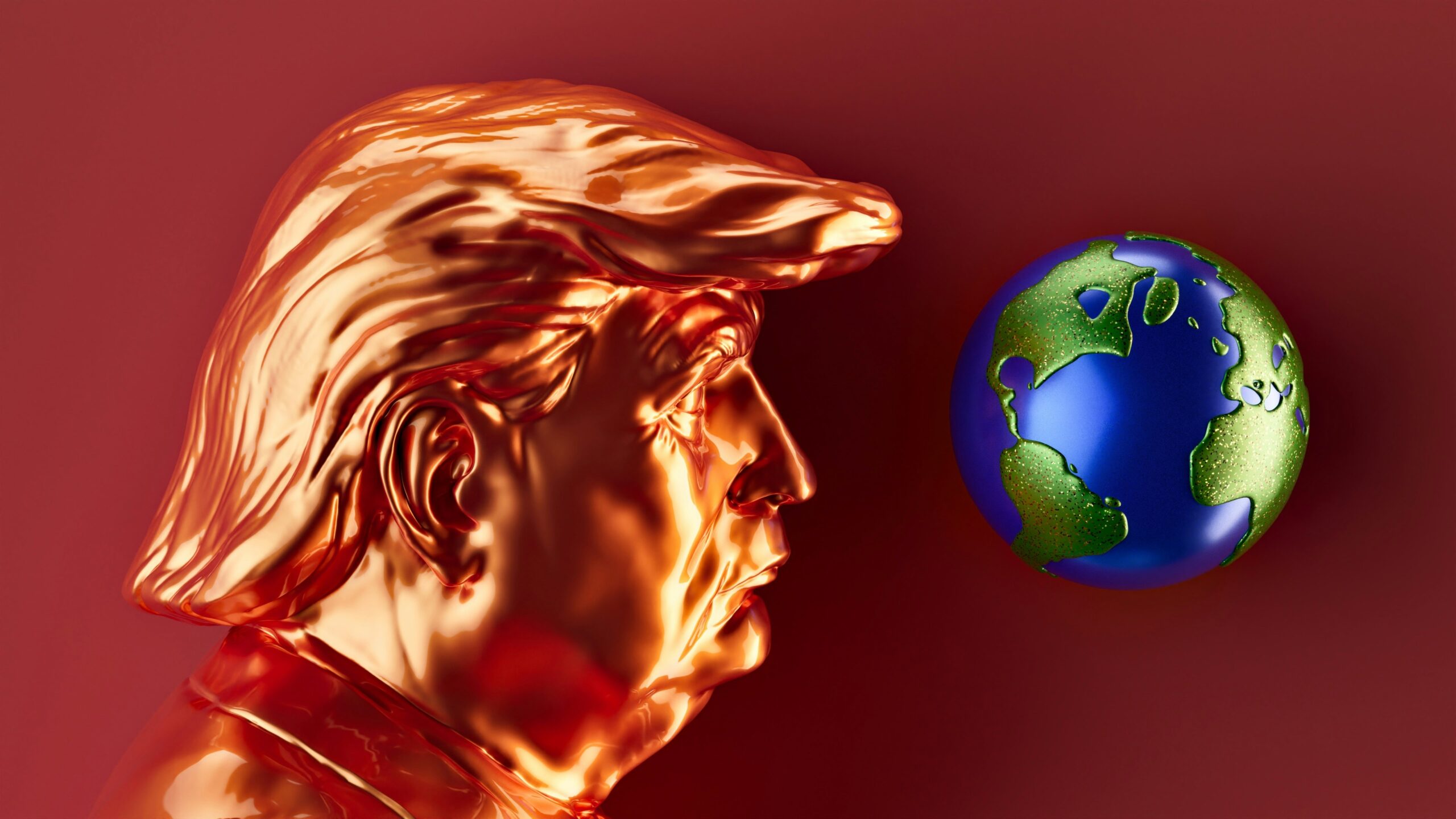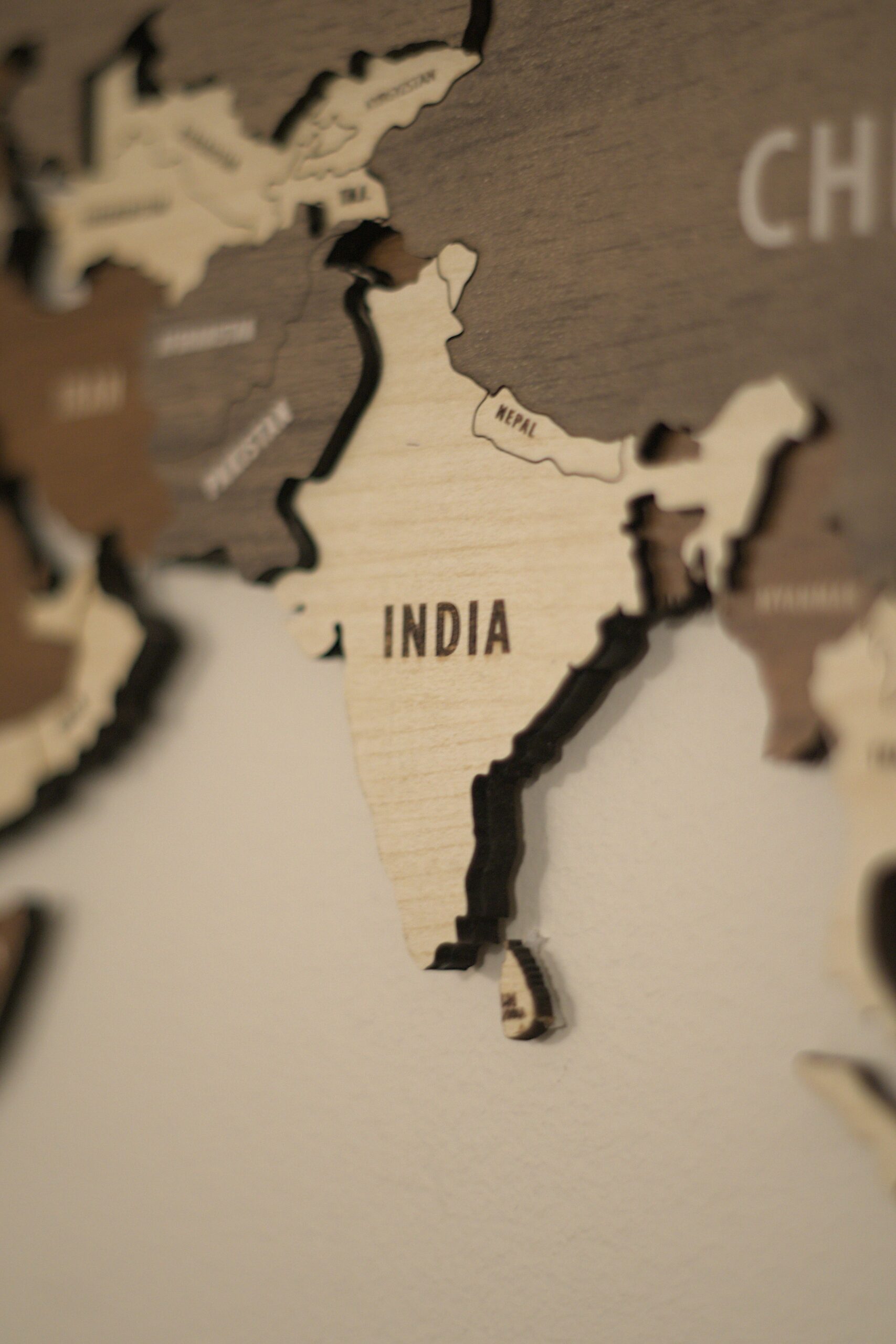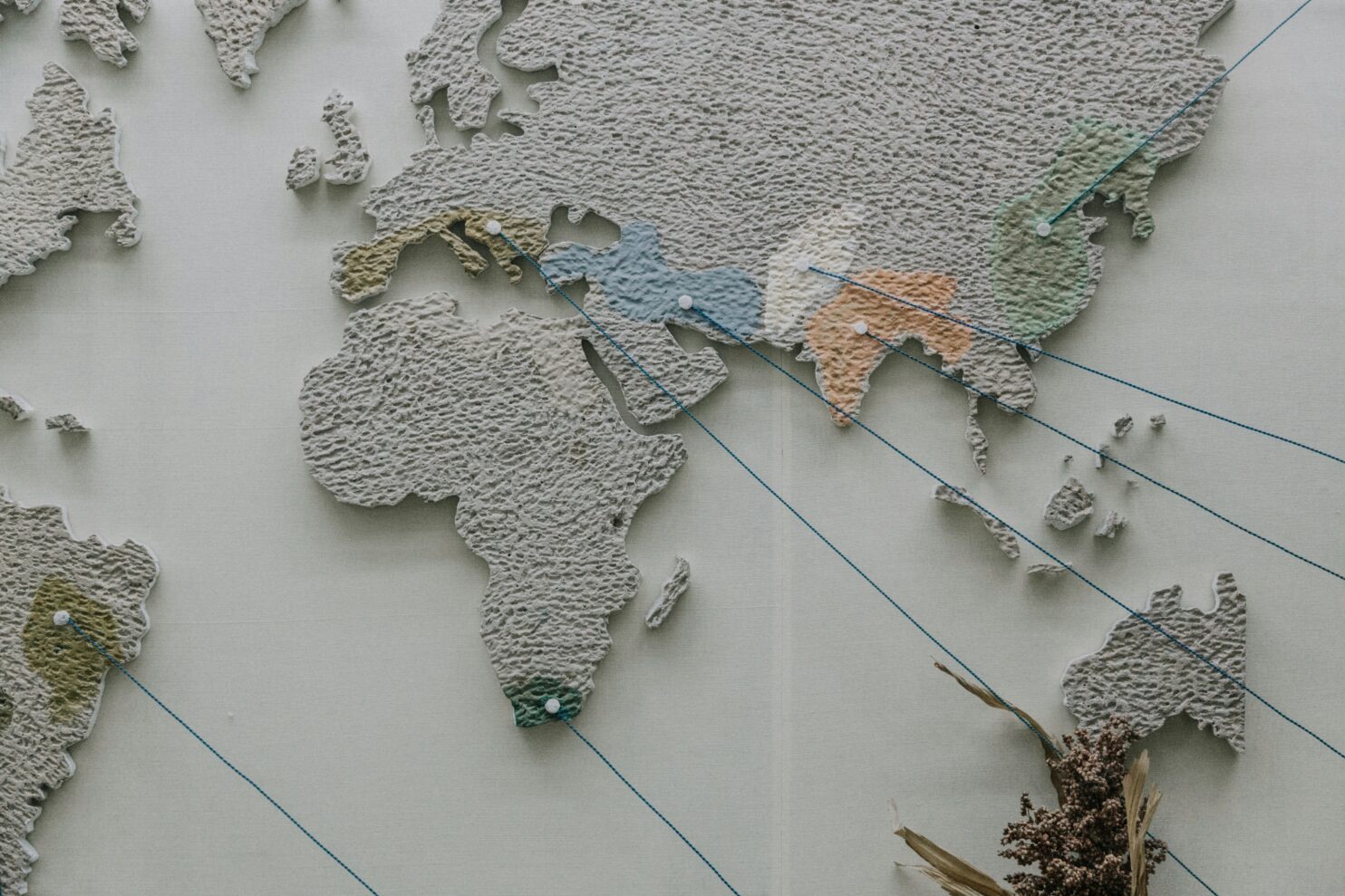The global apparel landscape is shifting fast.
As tariffs and trade dynamics reshape where and how we produce, sourcing managers and retail buyers face a new challenge: finding the balance between cost, speed, and sustainability.
Here’s how the smartest brands are rethinking sourcing strategies — and how you can stay ahead.
👇 Read on to explore how tariffs are transforming international apparel sourcing and what it means for your next production cycle.
Introduction
For sourcing managers and retail buyers, the apparel landscape has never been more complex—or more full of opportunity. The global supply chain that once prioritized low cost and high volume has evolved dramatically in response to tariffs, trade shifts, and geopolitical tension.
The days of simply finding the cheapest source of production are gone. Today’s leaders in international apparel sourcing must navigate a dynamic environment defined by tariff pressures, regional trade agreements, sustainability mandates, and digital transformation.
The question is no longer “Where can I make it cheapest?”—but “Where can I make it smartest?”
- How We Got Here: The Globalization of Apparel
 For decades, apparel brands and retailers sourced products from low-cost countries like China, Bangladesh, Vietnam, and India. This model thrived under the promise of open trade and minimal tariffs. The World Trade Organization (WTO) and a web of free trade agreements (FTAs) allowed global apparel production to flourish.
For decades, apparel brands and retailers sourced products from low-cost countries like China, Bangladesh, Vietnam, and India. This model thrived under the promise of open trade and minimal tariffs. The World Trade Organization (WTO) and a web of free trade agreements (FTAs) allowed global apparel production to flourish.
Then came a shift: trade wars, regional protectionism, and economic nationalism disrupted that model. Suddenly, tariffs began to reshape profit margins and sourcing strategies—forcing sourcing teams to rethink long-standing partnerships.
- The Impact of Tariffs: Disruption and Realignment

When tariffs hit, they don’t just raise costs—they ripple through your entire supply chain strategy.
Key tariff drivers in apparel include:
- U.S.-China trade tensions: Higher import duties on Chinese garments and textiles.
- Brexit: New compliance burdens and tariff layers between the UK and EU.
- Emerging market protectionism: Countries like India and Turkey implementing tariffs to protect local industries.
For retail buyers, this means tighter margins and the need for greater agility in supplier negotiations. For sourcing managers, it means rethinking risk across the entire production ecosystem.
- The Shift in Global Sourcing Destinations
 Tariffs have accelerated one major shift: diversification beyond China.
Tariffs have accelerated one major shift: diversification beyond China.
Top emerging apparel sourcing hubs:
- Vietnam: A key winner with competitive labor costs, strong textile infrastructure, and trade benefits from CPTPP and EVFTA.
- Bangladesh: The world’s leader in basic apparel with improved compliance and sustainability standards.
- India: Integrated textile ecosystem and strong government incentives for production.
- Indonesia, Cambodia, Sri Lanka: Niche specialization in sportswear, lingerie, and sustainable fashion.
- Mexico & Central America: Proximity to U.S. markets and tariff-free advantages under USMCA make nearshoring increasingly attractive.
Forward-thinking sourcing managers are building multi-country production networks to hedge against volatility and manage landed costs strategically.
- How Leading Apparel Brands Are Responding

a. Diversification and “China Plus One”
Balancing production between China and secondary markets allows flexibility if tariffs spike.
b. Digital Sourcing Platforms
AI-driven sourcing and cost analytics tools are helping buyers simulate tariff scenarios in real time.
c. Nearshoring and Reshoring
Brands like Zara and Levi’s are bringing production closer to market—reducing lead times and tariff exposure.
d. Vertical Integration
Owning more of the value chain (from fabric to final product) creates efficiency and control.
e. Leveraging Trade Agreements
Smart buyers maximize benefits from trade deals like USMCA, ASEAN, and EU-Vietnam FTA to optimize tariff positioning.
- The Balancing Act: Cost, Speed, and Sustainability
As sourcing teams diversify, three tensions emerge:
- Cost vs. Speed: Nearshoring offers faster delivery but higher unit costs.
- Sustainability vs. Agility: Shifting suppliers can disrupt sustainability commitments and traceability.
- Risk vs. Reward: Global instability makes long-term sourcing contracts more complex—but more strategic.
 Retail buyers must collaborate closely with sourcing partners to align on total cost of ownership (TCO)—not just FOB price.
Retail buyers must collaborate closely with sourcing partners to align on total cost of ownership (TCO)—not just FOB price.
- The Future: Smarter, More Transparent Supply Chains
The next evolution in apparel sourcing won’t be about chasing the lowest cost—it will be about building intelligent, resilient networks.
Key trends shaping the next decade:
- Automation & Smart Factories: Making nearshoring more competitive.
- Blockchain & Digital Traceability: Ensuring tariff compliance and ethical sourcing.
- Sustainable Production: Not just an ethical choice but a competitive advantage.
- Regional Micro Supply Chains: Closer to consumers, quicker to market, and less tariff-exposed.
Apparel sourcing managers who integrate data analytics, ESG metrics, and regional agility into their strategies will lead the next generation of sourcing excellence.
Conclusion
The advent of tariffs has rewritten the playbook for global apparel sourcing. But disruption brings opportunity.
Today’s most successful sourcing managers and retail buyers are those who:
- Anticipate tariff changes.
- Diversify intelligently.
- Leverage technology and trade data.
- Commit to sustainability without sacrificing speed.
In this new era, competitive advantage lies not in where you produce, but in how strategically you adapt.
At Stars Design Group, Inc., we help brands and retailers navigate global sourcing complexity with confidence.
Our integrated network of international manufacturing partners, deep expertise in trade compliance, and commitment to sustainable innovation make us the trusted partner for sourcing leaders worldwide.
Let’s start the conversation about how your sourcing strategy can thrive—even in the era of tariffs.
Connect with our team at Stars Design Group, Inc. or message us directly here on LinkedIn to explore how we can support your next production cycle.
 Bret Schnitker, Founder and CEO, Stars Design Group. As an industry apparel executive for more than 30 years, working in all facets of the sector, Bret has had the unique experience to do business in 70 countries, working with artisans and experts worldwide. Having been in over 1000 factories that employ 200,000 people, he cares deeply about the value of the opportunity this industry brings to developing countries and their people.
Bret Schnitker, Founder and CEO, Stars Design Group. As an industry apparel executive for more than 30 years, working in all facets of the sector, Bret has had the unique experience to do business in 70 countries, working with artisans and experts worldwide. Having been in over 1000 factories that employ 200,000 people, he cares deeply about the value of the opportunity this industry brings to developing countries and their people.
Founder and CEO of Stars Design Group, a fashion design and production house, he believes in fostering an environment of innovation and evolution to stay ahead of the rapidly changing business climate. With offices worldwide and a network of 67 factories globally, Bret helps clients (brands and retailers) solve garment initiatives and production goals, regardless of category or country.
Uniquely Saint Louis-based, with its historical legacy in apparel and new focus of innovation, Bret is invested in the blend of talent and technology to develop solutions that serve the demands of the consumer base while supporting social and environmental goals.

